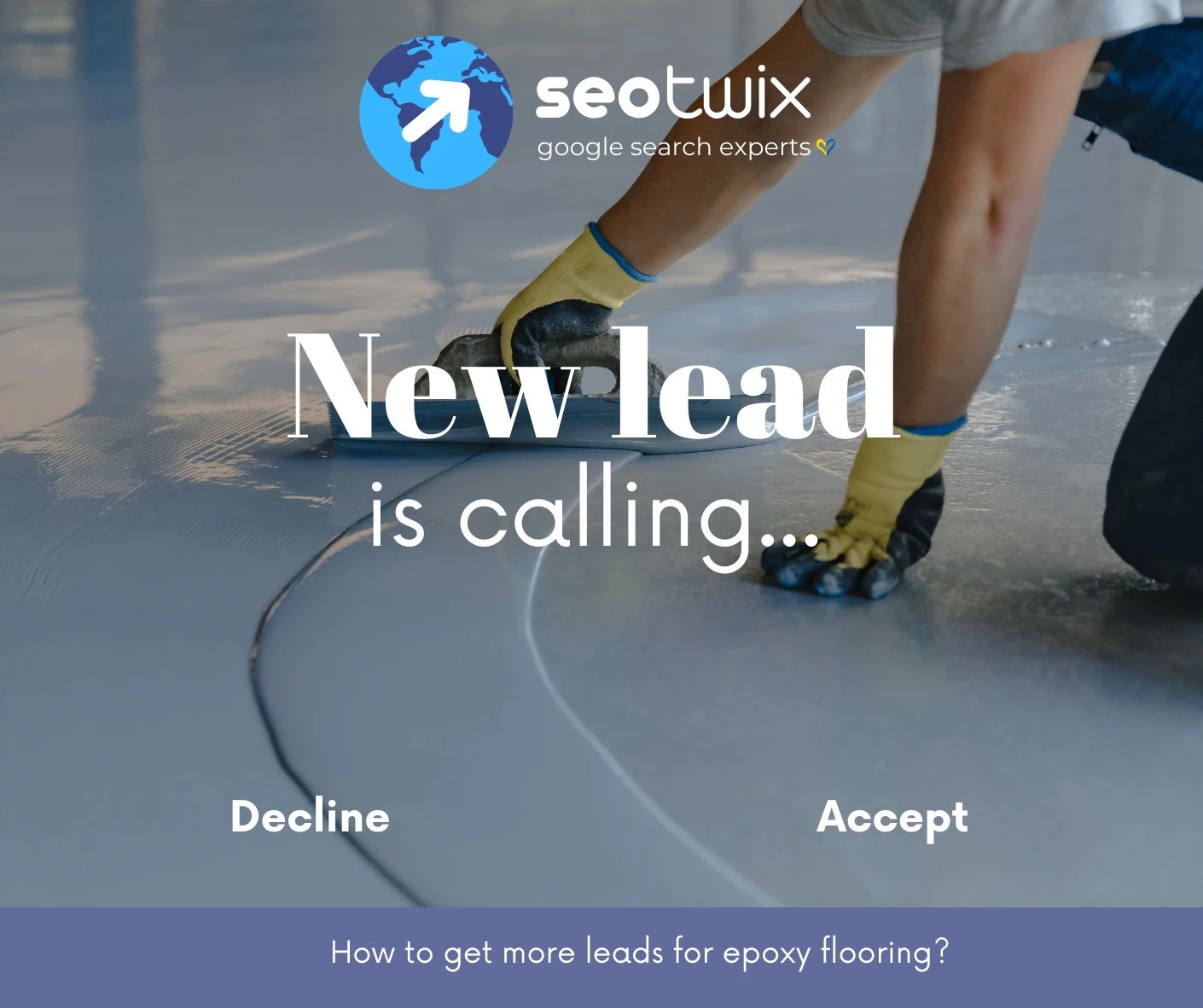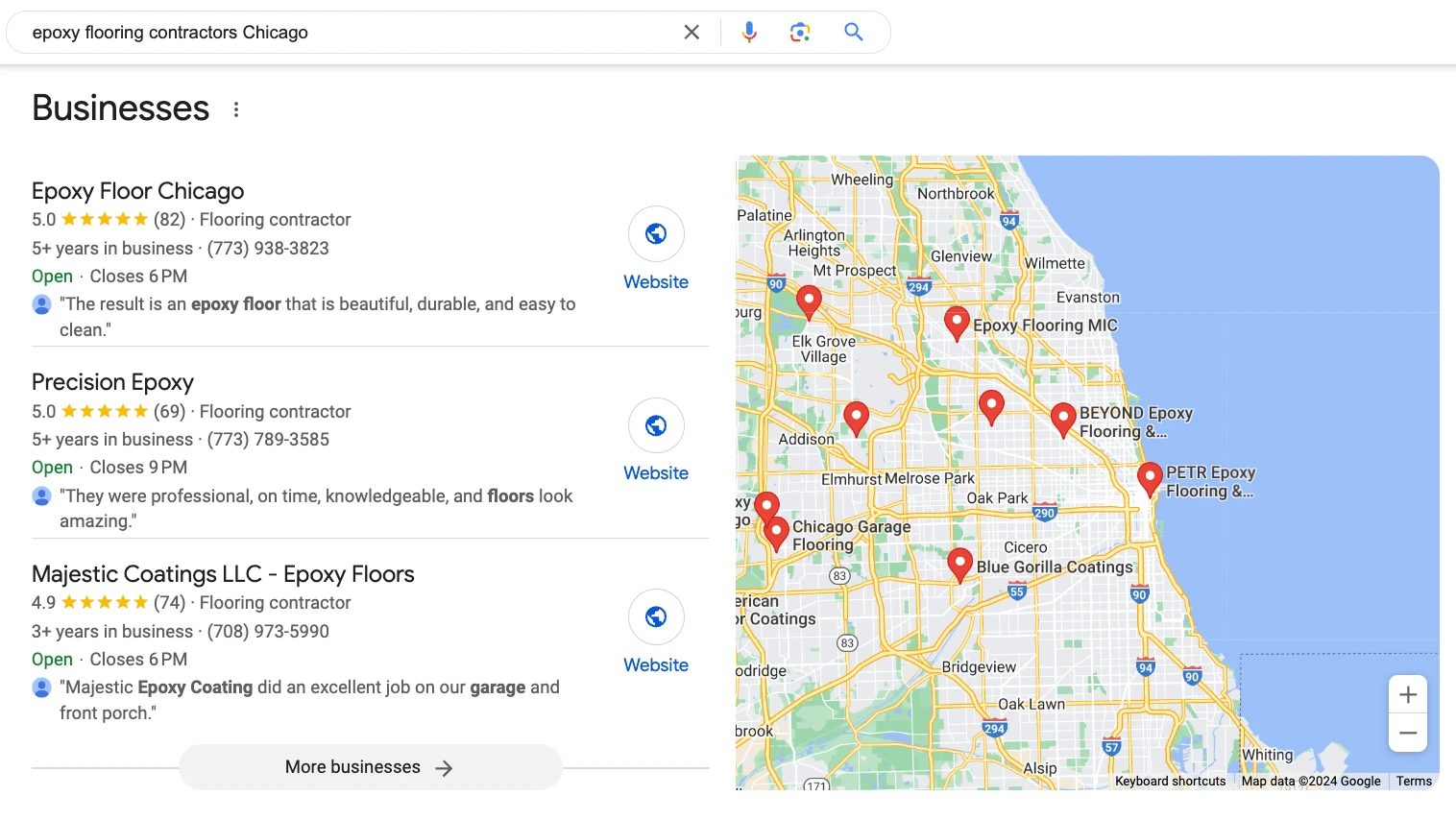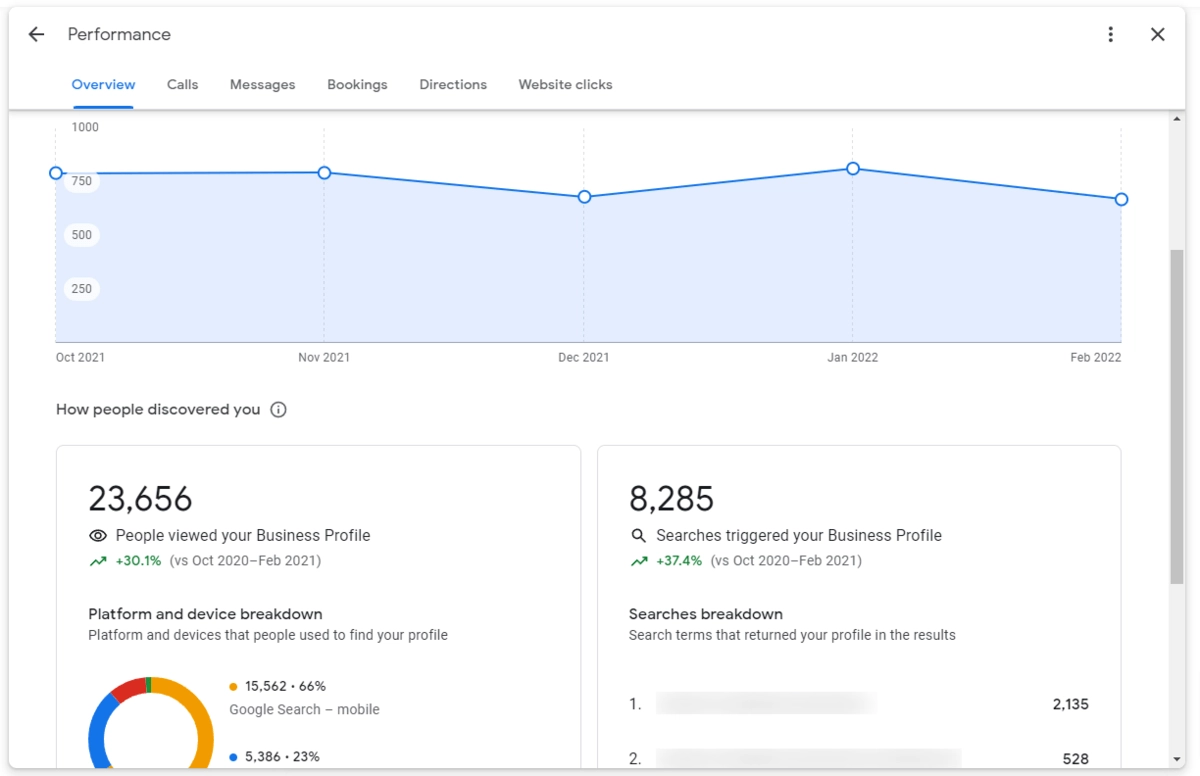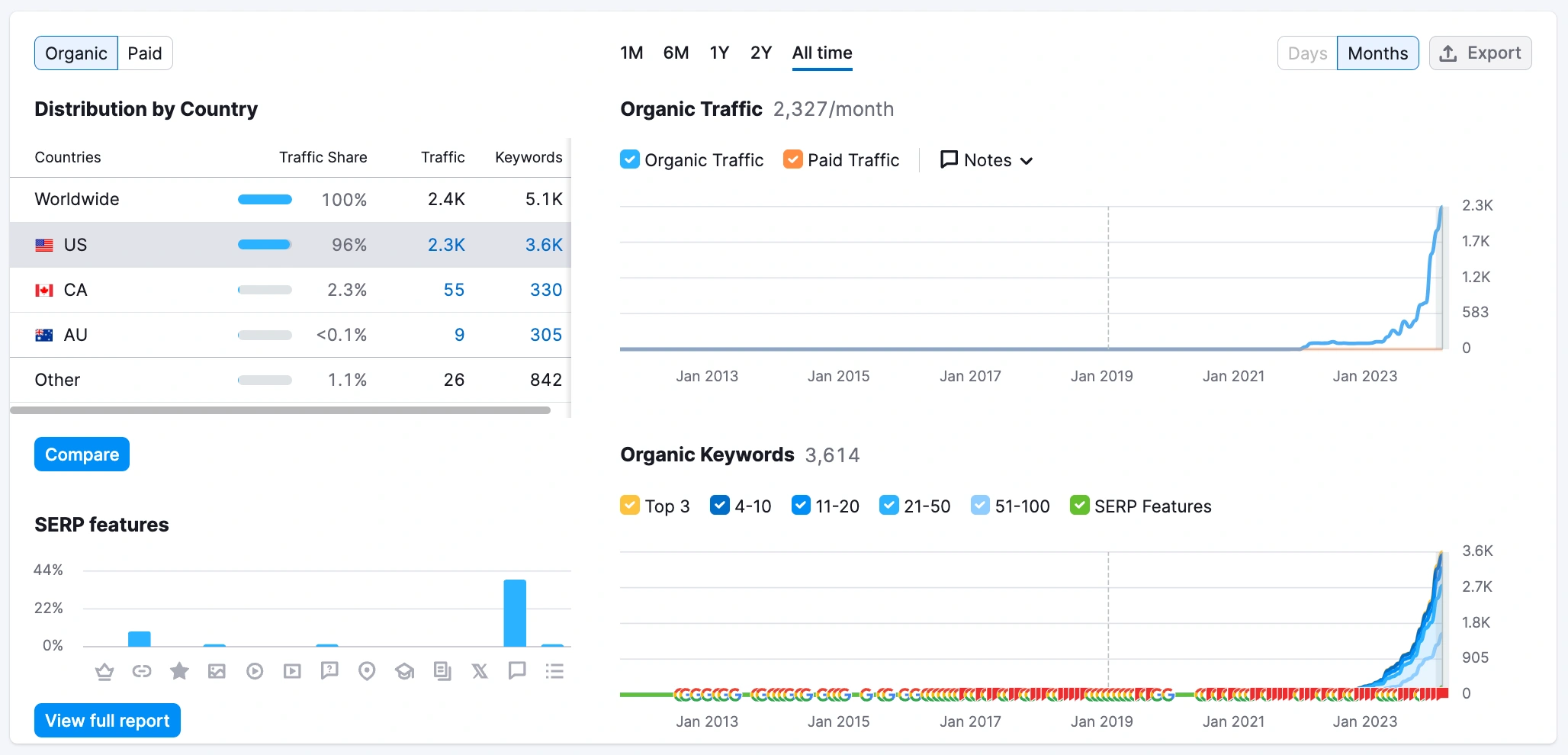
Lead generation is the lifeblood of any epoxy flooring business. In 2025, the competition in the epoxy flooring industry is fiercer than ever, making it essential to implement effective lead generation strategies. By focusing on targeted marketing efforts, you can attract high-quality leads that are more likely to convert into loyal customers.
This guide will cover all the aspects of marketing needed to generate leads in the epoxy flooring industry. From optimizing your website for conversions to leveraging epoxy business SEO and social media, each section is designed to provide actionable insights that will help you grow your business in 2025.
What to do to get more of the right clients
Step #1 : Identify Your Ideal Customer
Before you can generate leads, you need to know who you’re targeting.
Start by identifying your ideal customers based on demographics, location, and specific needs related to epoxy flooring.
Are they homeowners looking to upgrade their garage floors? Are they commercial property managers seeking durable flooring solutions?
Creating Customer Personas
Develop customer personas that represent your ideal clients. These personas should include details like age, income level, occupation, and specific pain points that your services can address. Understanding these details will help you tailor your marketing messages to resonate with potential leads.
Understanding Customer Pain Points and Motivations
Why do customers need epoxy flooring? What problems are they trying to solve? By understanding their pain points, such as dealing with cracked or stained floors, and their motivations, like wanting a durable and aesthetically pleasing surface, you can craft marketing messages that speak directly to their needs.

Step #2: Optimize Your Website for Lead Generation
Importance of a High-Converting Website
Your website is often the first point of contact between your business and potential customers. A high-converting website design is crucial for turning visitors into leads. Ensure that your site is designed to capture visitor information and guide them toward taking action.
Check out our guide on how to create the right website for an epoxy flooring company.
Key Website Features: Contact Forms, CTAs, and Landing Pages
Contact Forms: Make it easy for visitors to get in touch by placing contact forms on key pages. Keep the forms simple and ask only for essential information.
Call-to-Actions (CTAs): Use clear and compelling CTAs that encourage visitors to request a quote, schedule a consultation, or contact you directly.
Landing Pages: Create dedicated landing pages for specific services or promotions. These pages should be designed to convert visitors by focusing on a single objective.
Mobile Optimization
With the increasing use of mobile devices, your website must be fully optimized for mobile users. Ensure that your site is responsive, loads quickly on mobile devices, and provides an excellent user experience.
User Experience and Website Speed
A positive user experience is critical for keeping visitors on your site. Optimize your site’s speed, navigation, and overall design to ensure that visitors can find what they’re looking for quickly and easily.
Step #3 : Start Doing Local SEO
Local SEO is essential for epoxy flooring companies that serve specific geographic areas. Optimize your website and content to rank well in local search results by including location-based keywords and creating location-specific pages.
Google My Business Optimization
Ensure your Google My Business (GMB) profile is fully optimized. This includes accurate business information, high-quality photos, and regular updates. A well-maintained GMB profile can significantly boost your visibility in local search results.
Building Local Citations and Directory Listings
Submit your business information to local directories and citation sites. Consistent NAP (Name, Address, Phone) information across these sites helps improve your local SEO rankings and makes it easier for potential customers to find you.
Gathering and Managing Online Reviews
Online reviews are crucial for building trust and credibility. Encourage satisfied customers to leave reviews on your GMB profile and other relevant review platforms. Respond to all reviews, both positive and negative, to show that you value customer feedback.

Step #4 : Content Marketing
Blogging for SEO and Customer Education
Regularly publishing blog posts can help improve your SEO rankings and establish your authority in the epoxy flooring industry. Focus on topics that educate potential customers, such as the benefits of epoxy flooring, maintenance tips, and project showcases. Make sure you use the right SEO keywords for your epoxy flooring business website.
Creating Educational Guides and Case Studies
Develop comprehensive guides and case studies that provide in-depth information about epoxy flooring. These can be used as lead magnets to capture contact information in exchange for the download.
Video Marketing: Showcasing Your Work
Videos are an excellent way to showcase your epoxy flooring projects and demonstrate your expertise. Create videos that highlight your process, show before-and-after transformations, and feature customer testimonials.
Email Marketing Campaigns: Nurturing Leads
Use email marketing to nurture leads who have shown interest in your services. Send regular newsletters with updates, promotions, and valuable content that keeps your business top of mind.
Step #5 : Paid Advertising
Google Ads: Targeting High-Intent Keywords
Google Ads allows you to target high-intent keywords that potential customers are searching for. Create targeted campaigns that focus on terms like “epoxy flooring near me” or “garage floor coating” to attract qualified leads. To get an expert Google Ads Marketing help you can contact Flooring Marketer, which is named #1 Flooring Marketing Agency.
Local Service Ads: Visibility in Local Markets
LSA can increase your visibility in local searches. LSAs appear at the top of Google search results and are designed to generate direct leads through phone calls or messages.
Social Media Advertising: Facebook, Instagram, and LinkedIn
Social media advertising allows you to target specific demographics and interests. Use platforms like Facebook, Instagram, and LinkedIn to run ads that showcase your services and special offers to a targeted audience.
Retargeting Campaigns: Re-engaging Visitors
Retargeting campaigns allow you to reach visitors who have previously interacted with your website but didn’t convert. These ads remind them of your services and encourage them to return to your site and take action.

Step #6 : Social Media Marketing
Choosing the Right Platforms (Facebook, Instagram, LinkedIn)
Not all social media platforms are created equal. Choose the ones that best suit your business and where your potential customers are most active. Facebook and Instagram are great for visual content, while LinkedIn can be useful for B2B connections.
Creating Engaging Content: Photos, Videos, and Stories
Use social media to share engaging content, including photos of completed projects, videos showcasing your work, and stories that highlight your day-to-day operations. Consistent posting and interaction with your followers can build a loyal community.
Utilizing Paid and Organic Strategies
Combine organic social media efforts with paid strategies to maximize your reach. Use organic posts to build engagement and community, while paid ads can target specific audiences for lead generation.
Community Engagement and Building Trust
Engage with your social media community by responding to comments, answering questions, and participating in relevant conversations. Building trust through consistent, genuine interactions can lead to more referrals and repeat business.
Step #7 : Referral and Partnership Programs
Building Partnerships with Related Businesses
Form partnerships with businesses that complement your services, such as contractors, real estate agents, or interior designers. These partnerships can lead to mutual referrals and increased lead generation.
Encouraging Customer Referrals
Satisfied customers are often willing to refer your services to others. Encourage referrals by offering incentives, such as discounts on future services or gift cards.
Offering Incentives for Referrals and Partnerships
Create structured referral programs that reward both customers and partners for bringing in new business. This could include financial incentives, exclusive offers, or other perks that motivate them to refer more leads.

Step #8 : Networking and Community Involvement
Participating in Local Events and Home Shows
Participate in local events, home shows, and trade expos where you can showcase your services and connect with potential customers face-to-face. These events are excellent opportunities to generate leads and build brand awareness.
Joining Industry Associations and Local Chambers of Commerce
Becoming a member of industry associations and local chambers of commerce can open up networking opportunities and increase your visibility within the community. These memberships can also lend credibility to your business.
Hosting Webinars and Workshops
Host online webinars or in-person workshops to educate potential customers about epoxy flooring. These events position you as an expert in the field and provide opportunities to capture leads.
Step #9 : Tracking and Analyzing Your Leads
Setting Up and Using Google Analytics
Google Analytics is a powerful tool for tracking where your leads are coming from and how they interact with your website. Set up goals and conversion tracking to measure the effectiveness of your lead generation efforts.
Monitoring Lead Sources and Conversion Rates
Regularly analyze the sources of your leads and their conversion rates. This will help you identify which marketing channels are most effective and where you may need to adjust your strategy.
Using CRM Tools to Manage and Nurture Leads
Customer Relationship Management (CRM) tools allow you to organize and track your leads, ensuring that no potential customer falls through the cracks. Use a CRM to manage your communication with leads and move them through the sales funnel.
Adjusting Strategies Based on Data
Use the data you collect to continuously refine your lead generation strategies. If certain tactics aren’t producing the desired results, be prepared to pivot and try new approaches.

What is the best lead generation channel for epoxy flooring companies?
SEO is considered the best lead generation channel for epoxy flooring companies due to its long-term value and ability to attract targeted traffic. However, combining SEO with Google Ads for immediate visibility and Social Media Advertising for brand engagement can create a comprehensive strategy that maximizes lead generation across different stages of the customer journey.
Lead Generation Channel | Effectiveness | Cost | Effort Required | Best For |
|---|---|---|---|---|
High | Medium | High | Long-term lead generation | |
| Google Ads | High | High | Medium | Immediate lead generation |
| Social Media Advertising | Medium | Medium | Medium | Brand awareness and engagement |
| Referrals | High | Low | Low | Leveraging existing customer base |
| Local Events and Networking | Medium | Low | High | Building local presence and trust |
Effective lead generation in the epoxy flooring industry requires a multifaceted approach, including optimizing your website, leveraging local SEO, and engaging in content marketing, paid advertising, and social media.


